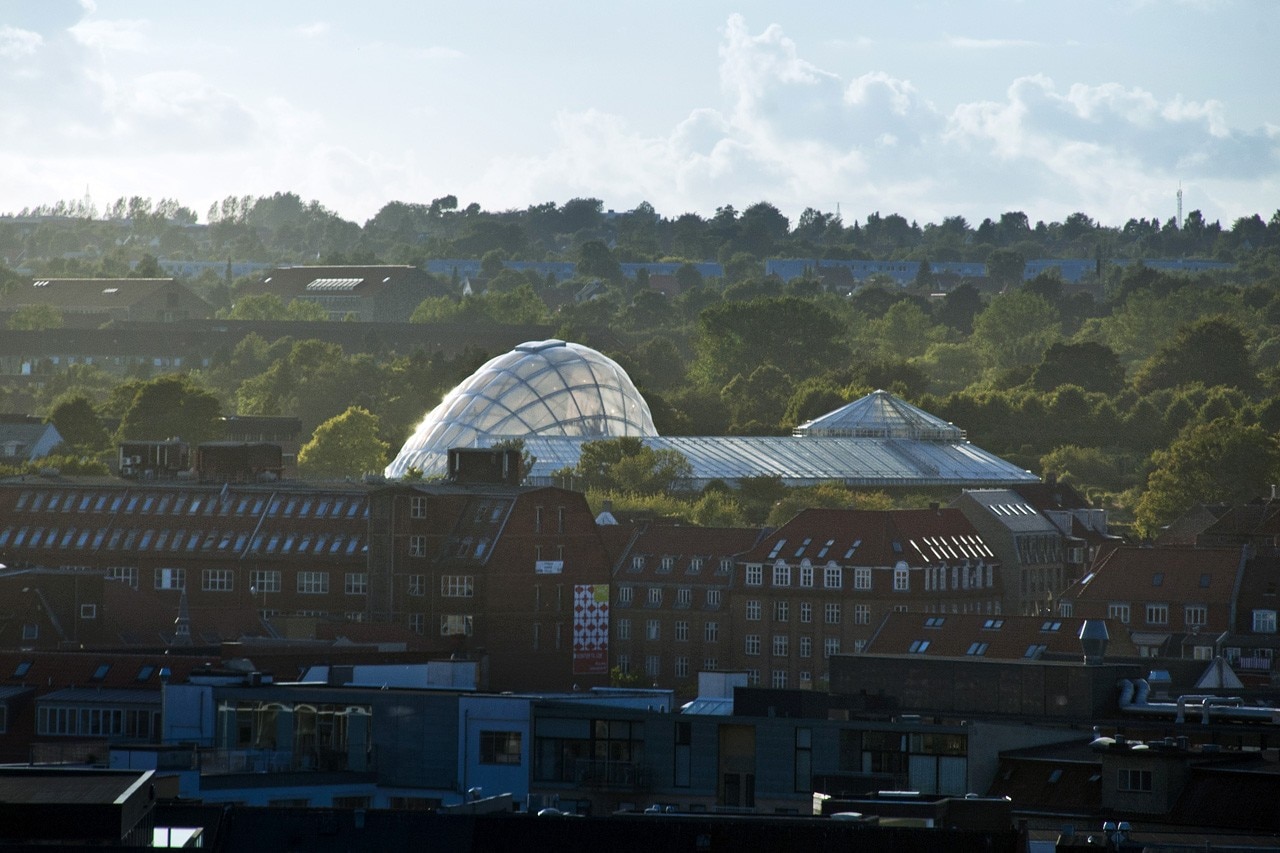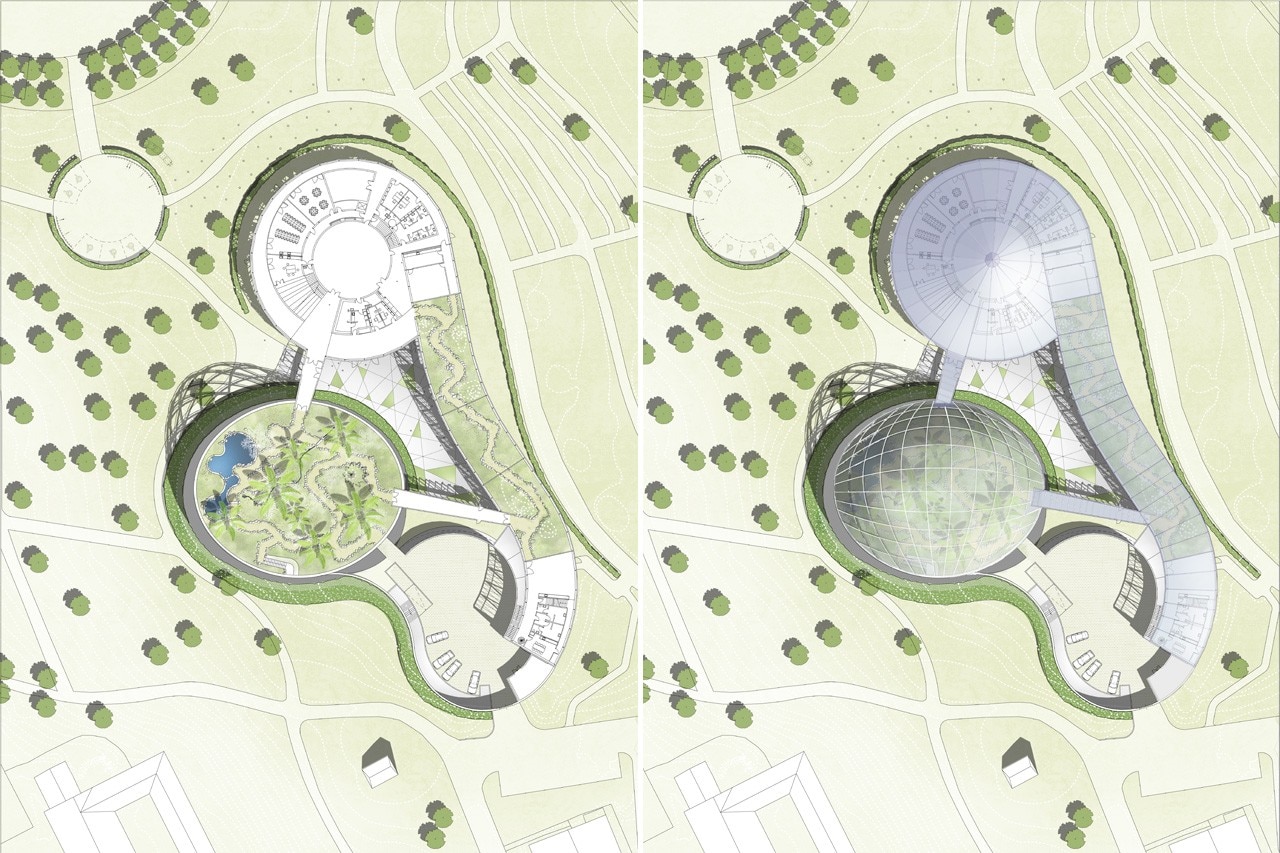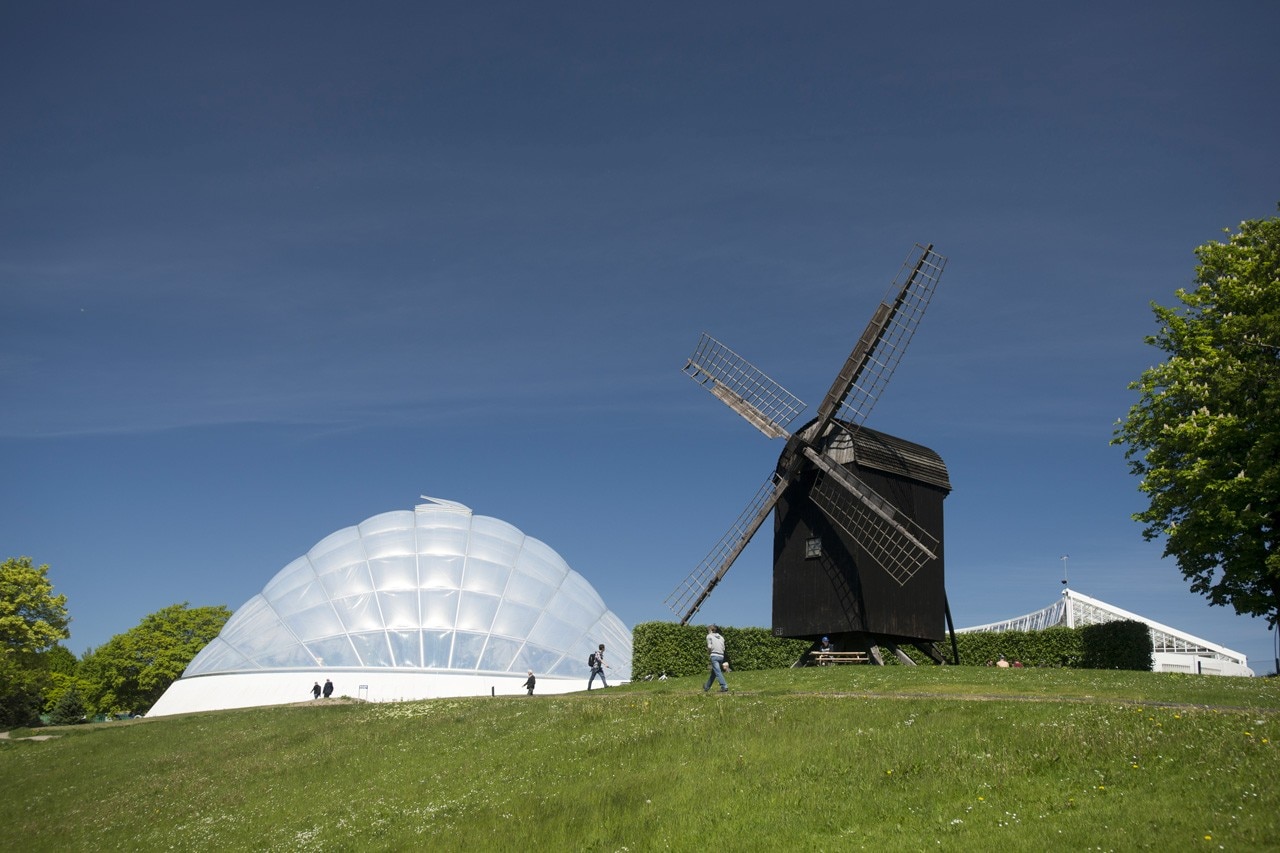
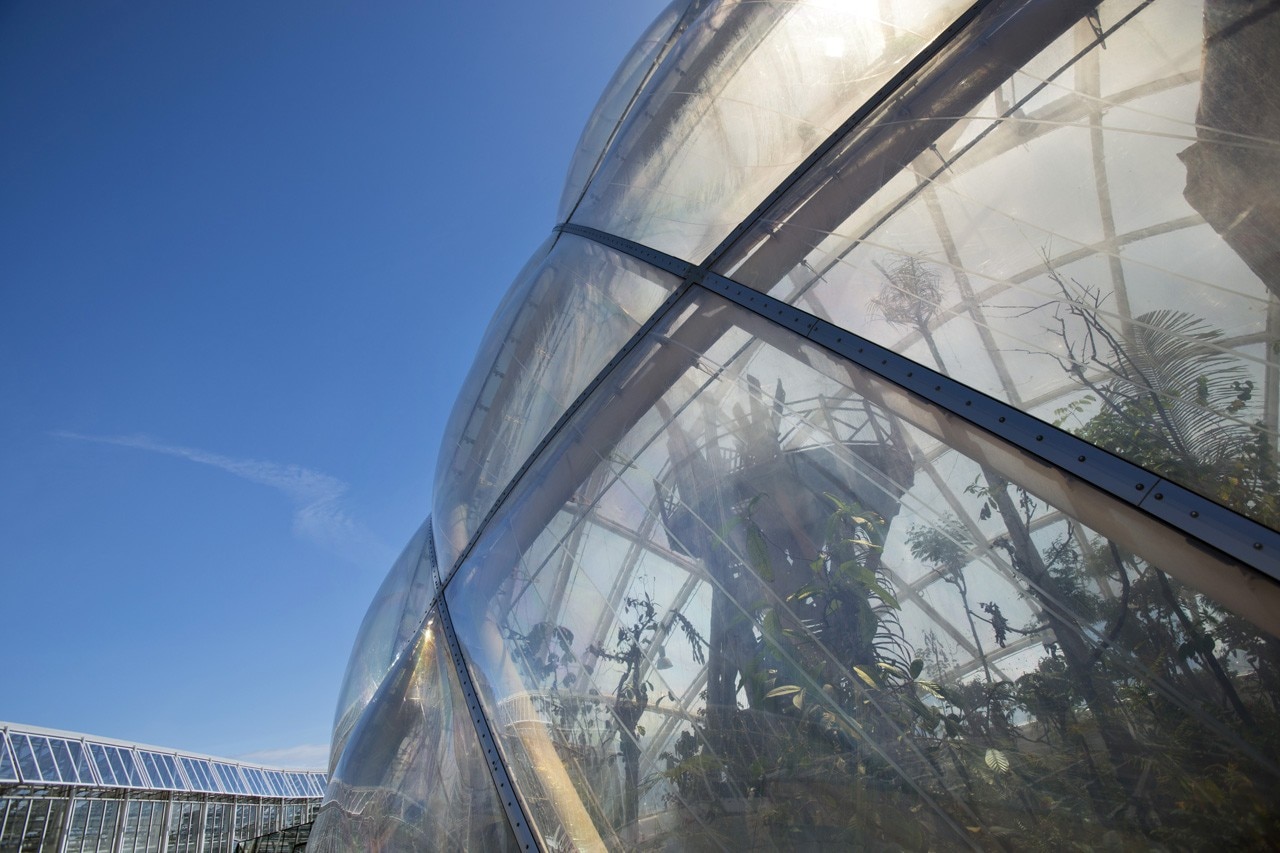
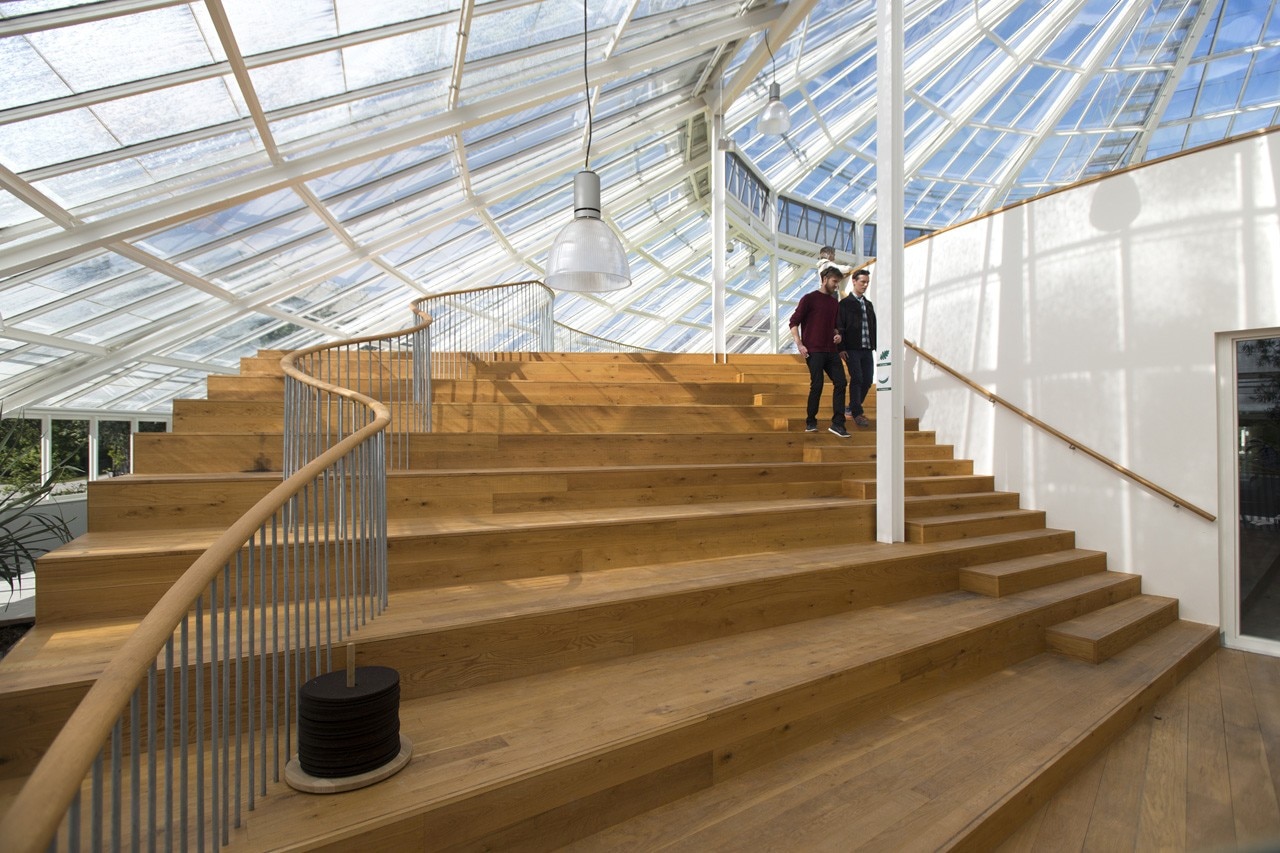
 View gallery
View gallery

C.F. Møller Architects, Sustainable Hothouse, Botanical Gardens, Aarhus, Denmark. Photo © Julian Weyer
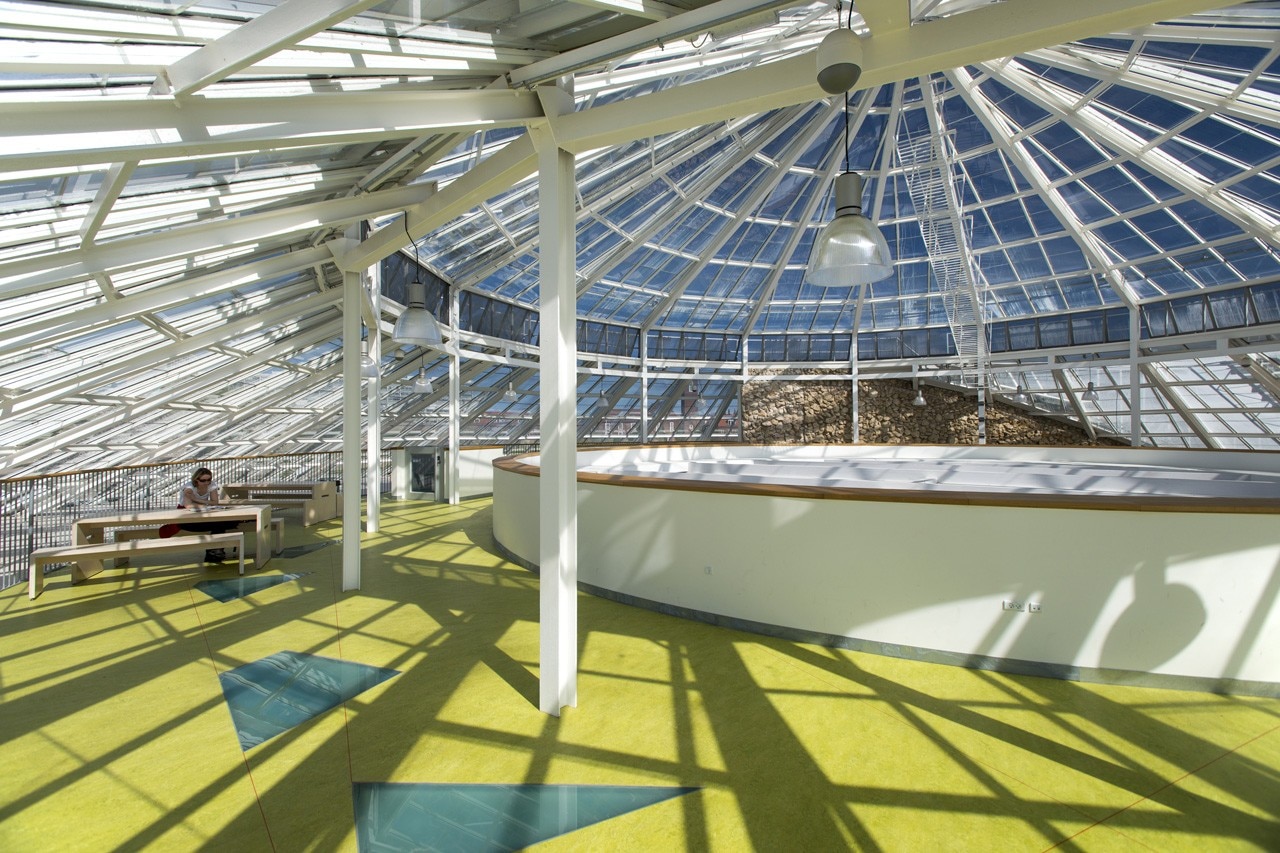
C.F. Møller Architects, Sustainable Hothouse, Botanical Gardens, Aarhus, Denmark. Photo © Julian Weyer
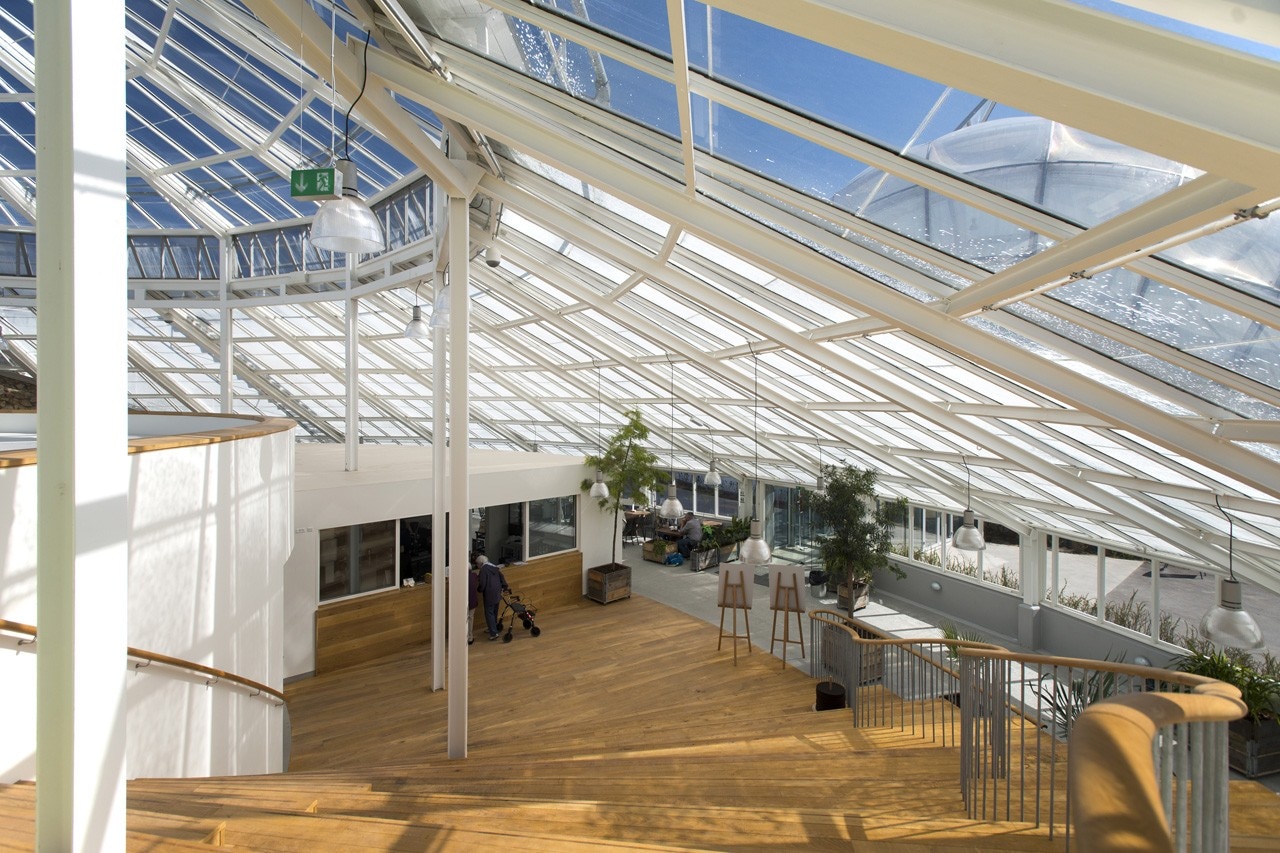
C.F. Møller Architects, Sustainable Hothouse, Botanical Gardens, Aarhus, Denmark. Photo © Julian Weyer
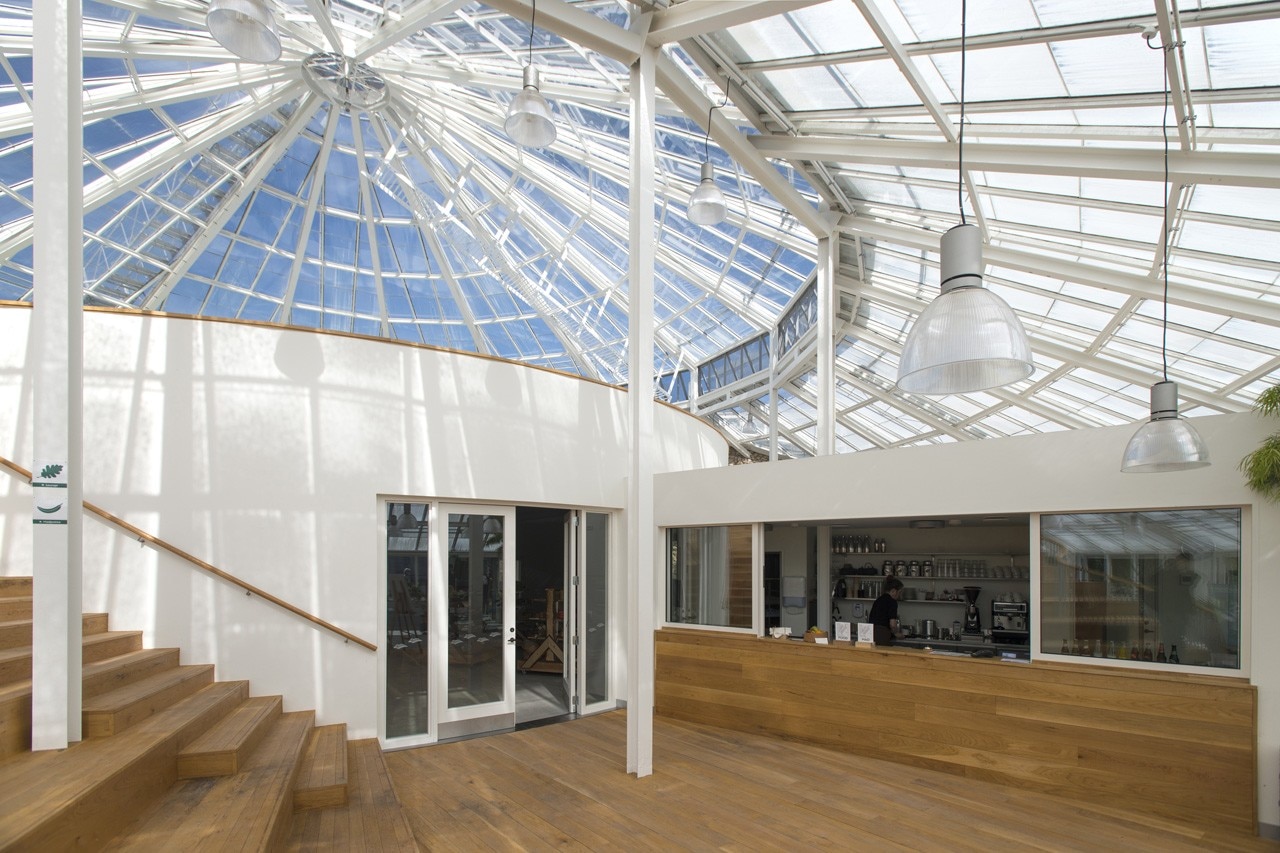
C.F. Møller Architects, Sustainable Hothouse, Botanical Gardens, Aarhus, Denmark. Photo © Julian Weyer
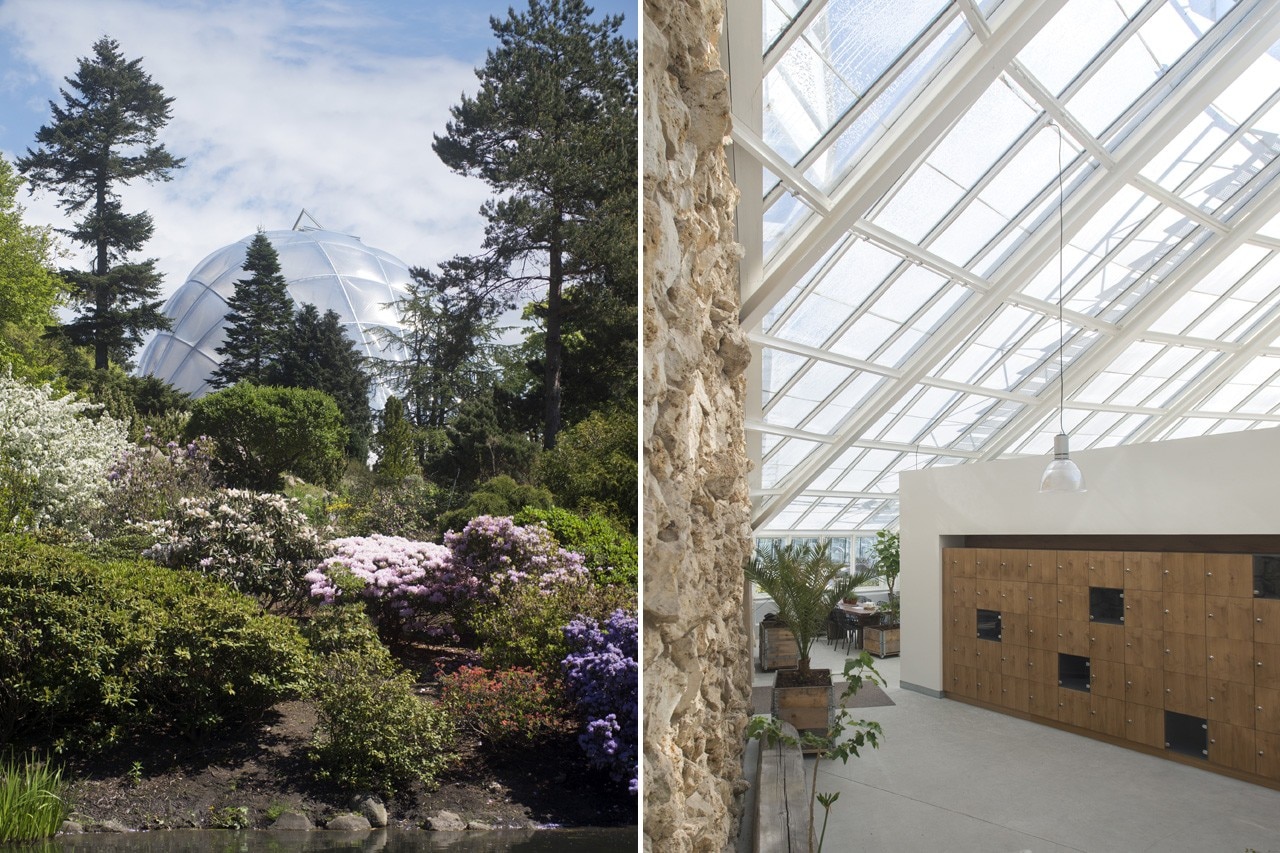
C.F. Møller Architects, Sustainable Hothouse, Botanical Gardens, Aarhus, Denmark. Photo © Julian Weyer
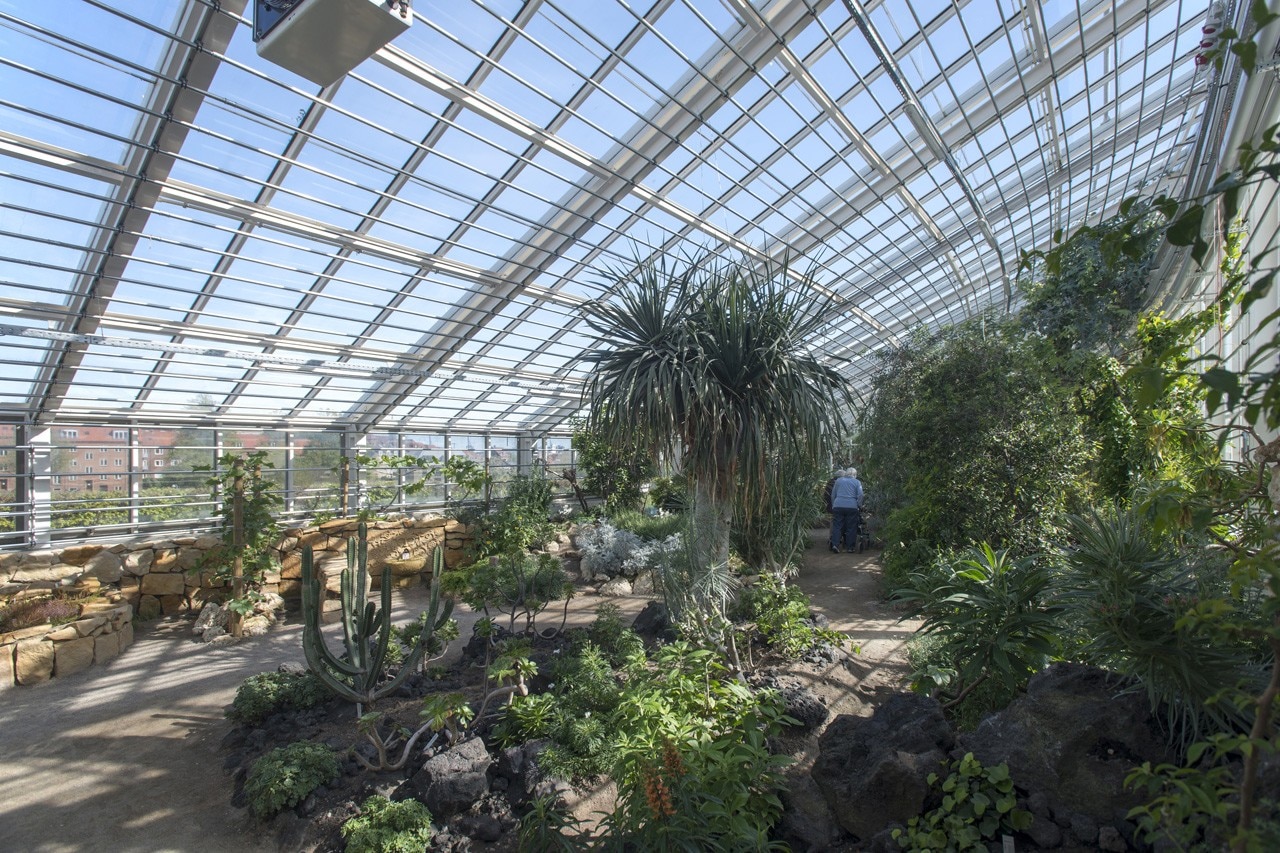
C.F. Møller Architects, Sustainable Hothouse, Botanical Gardens, Aarhus, Denmark. Photo © Julian Weyer
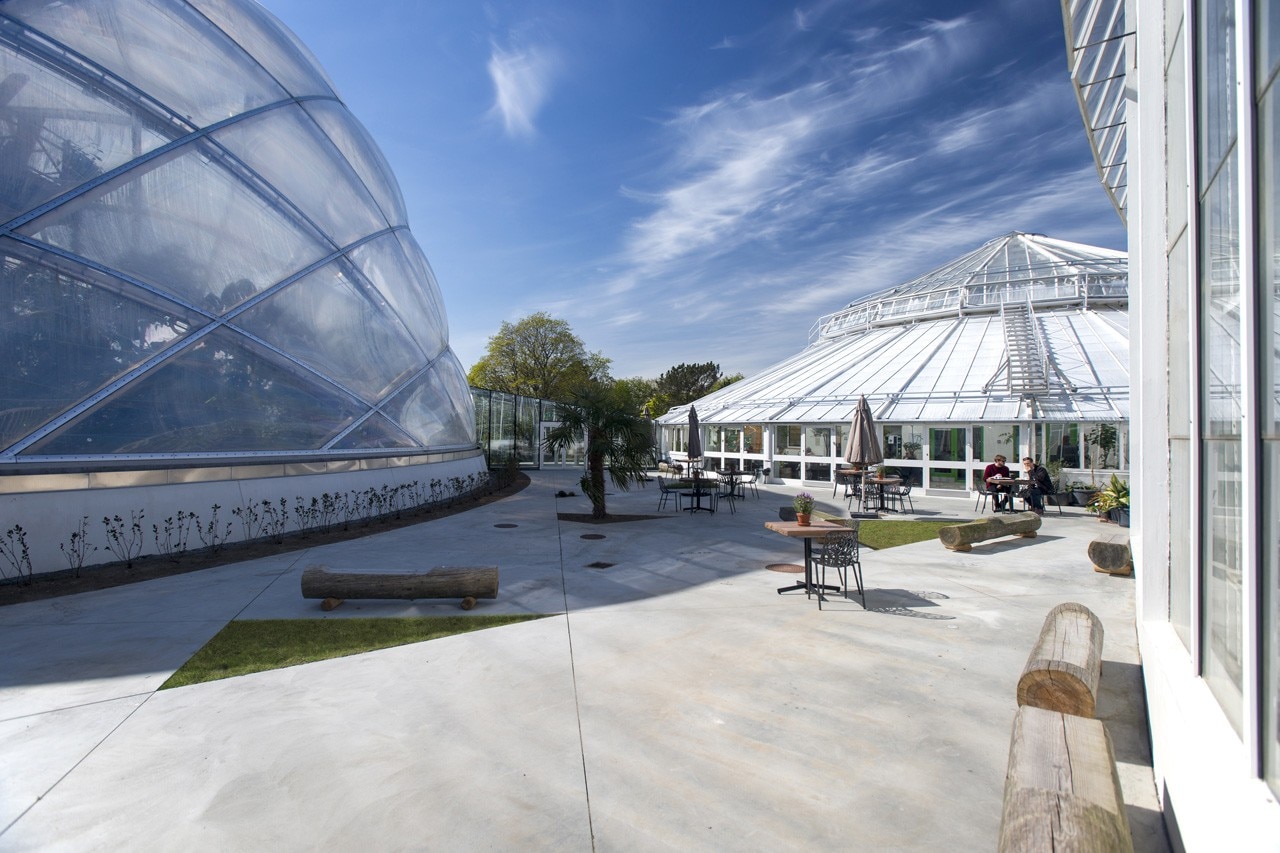
C.F. Møller Architects, Sustainable Hothouse, Botanical Gardens, Aarhus, Denmark. Photo © Julian Weyer
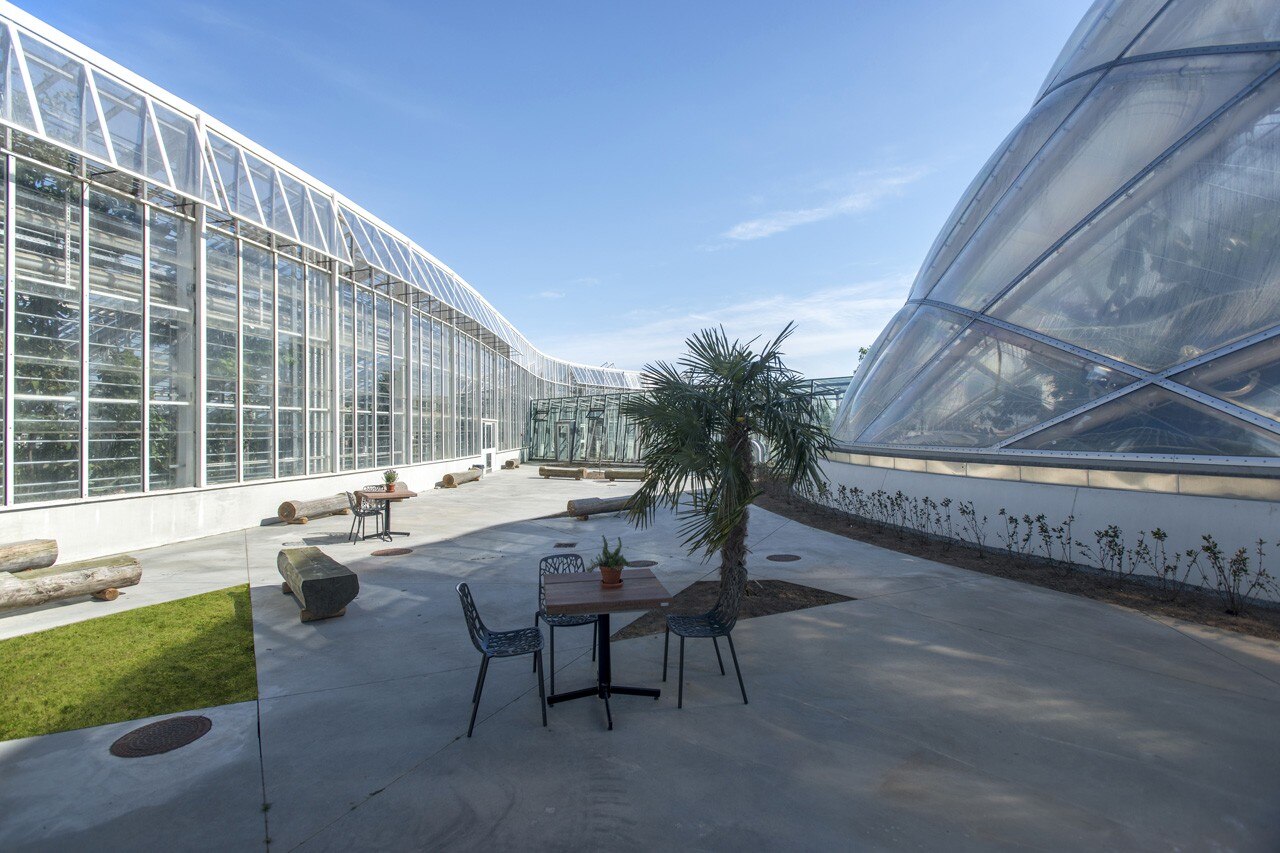
C.F. Møller Architects, Sustainable Hothouse, Botanical Gardens, Aarhus, Denmark. Photo © Julian Weyer
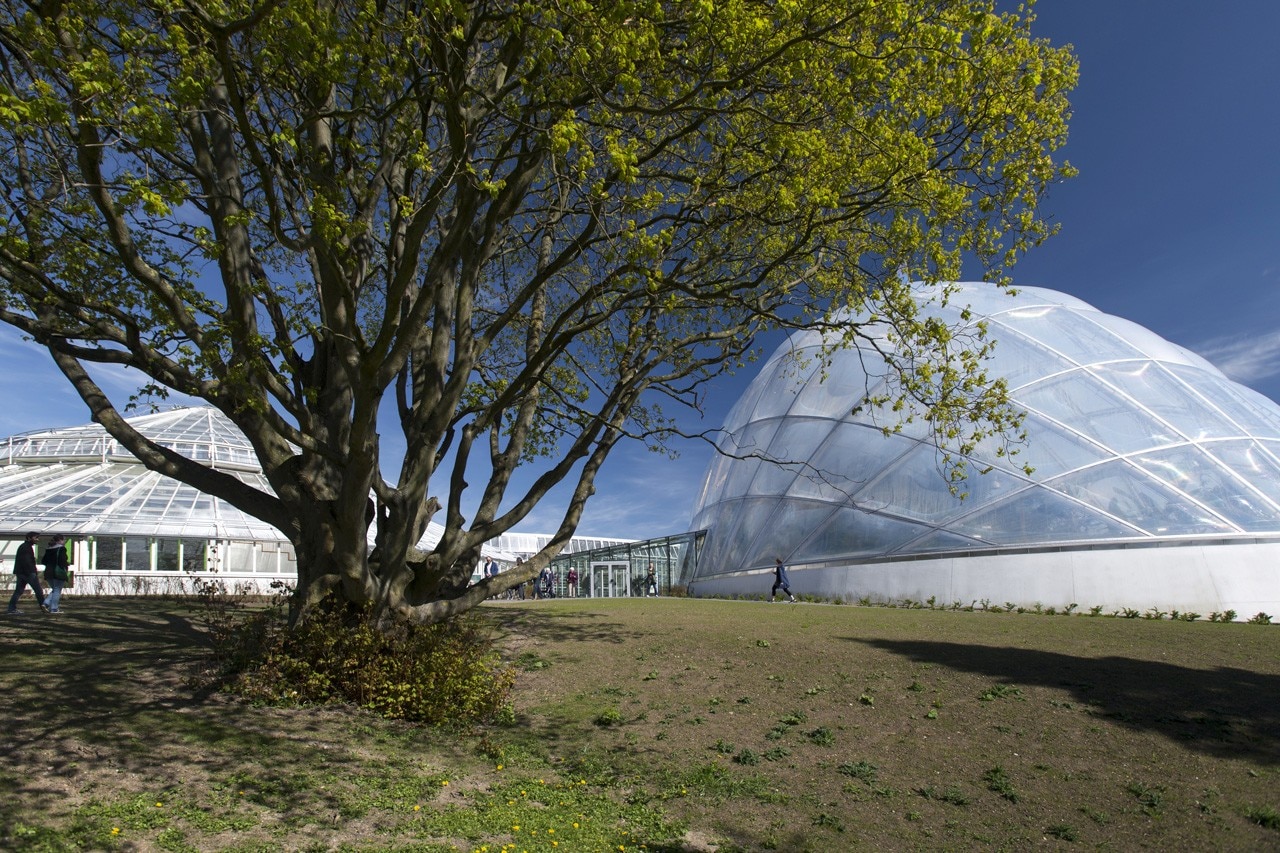
C.F. Møller Architects, Sustainable Hothouse, Botanical Gardens, Aarhus, Denmark. Photo © Julian Weyer
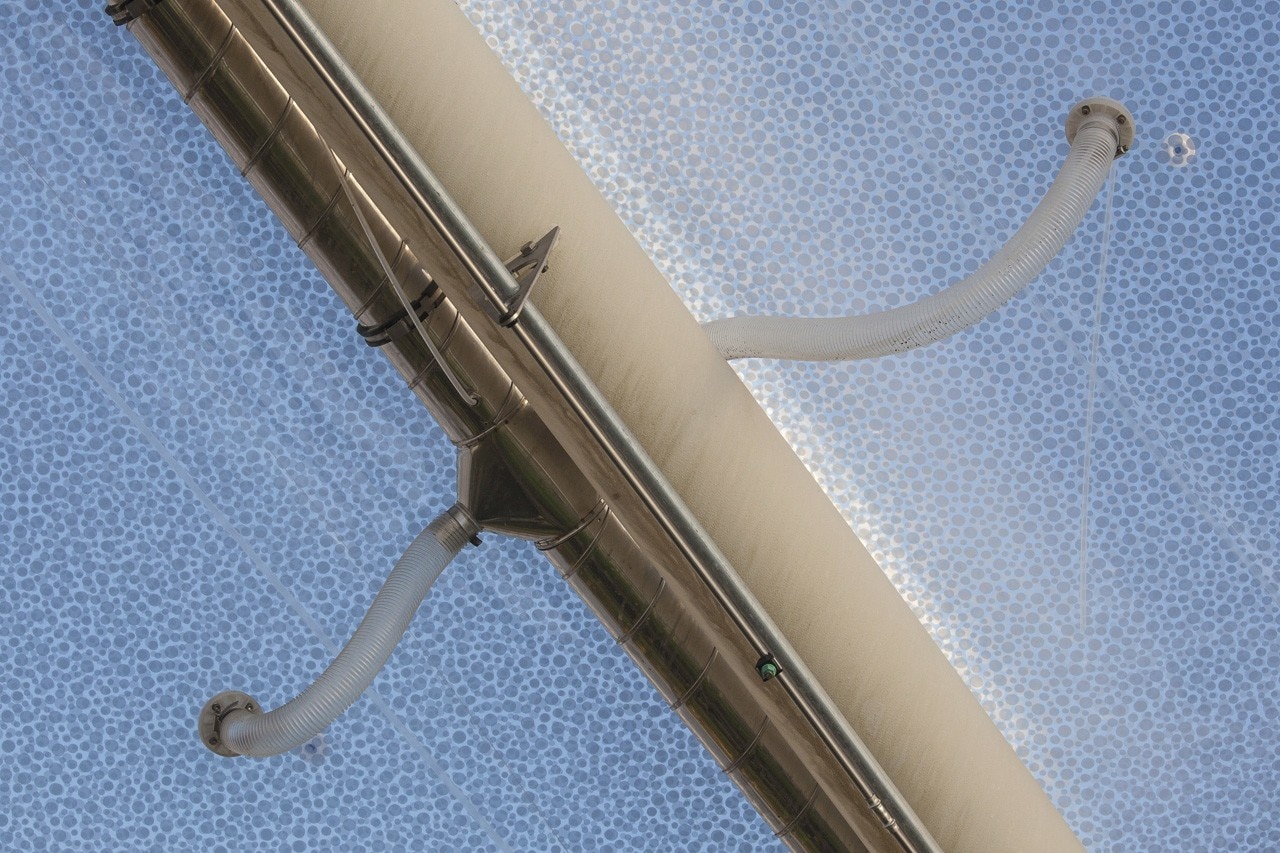
Hothouse at the Botanical Gardens, Aarhus, June 2013
C.F. Møller Architects, Sustainable Hothouse, Botanical Gardens, Aarhus, Denmark. Photo © Quintin Lake
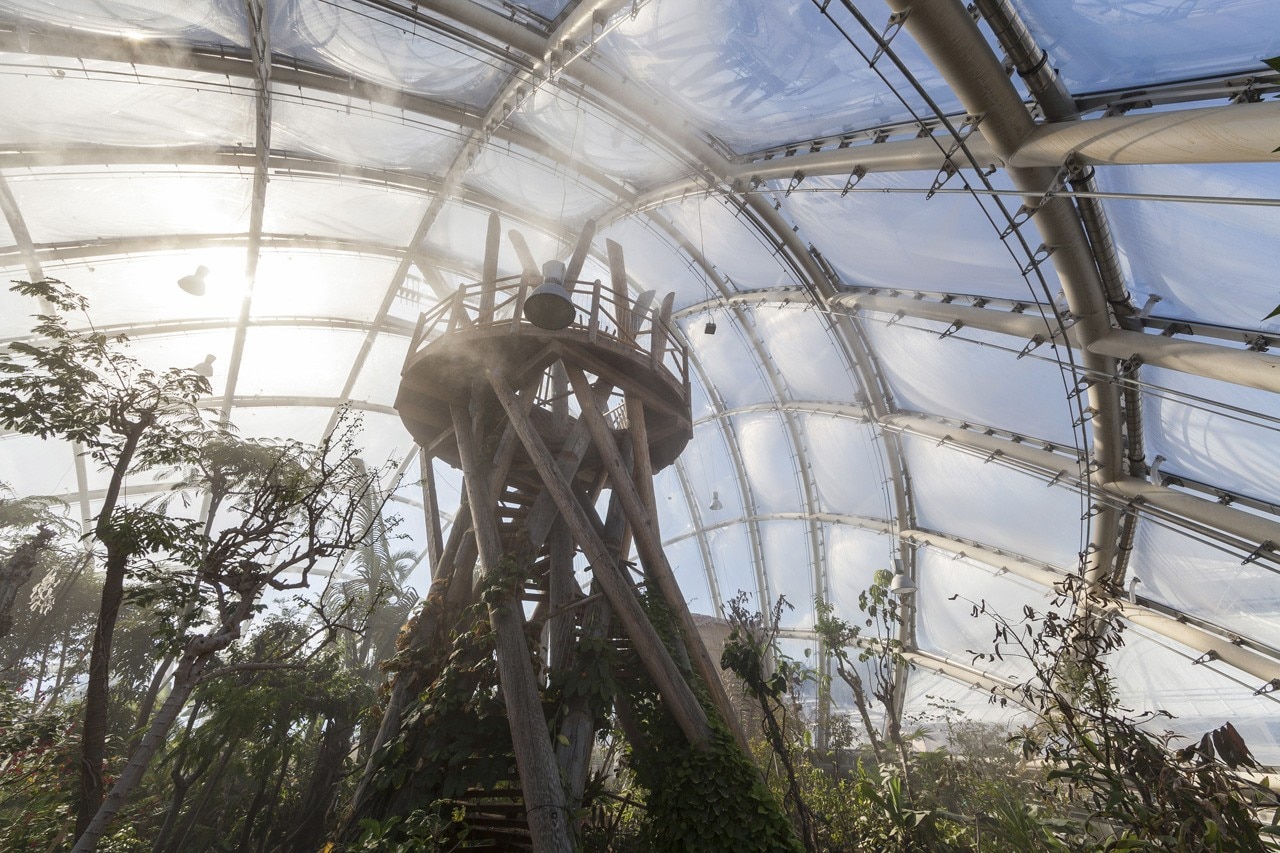
Hothouse at the Botanical Gardens, Aarhus, June 2013
C.F. Møller Architects, Sustainable Hothouse, Botanical Gardens, Aarhus, Denmark. Photo © Quintin Lake
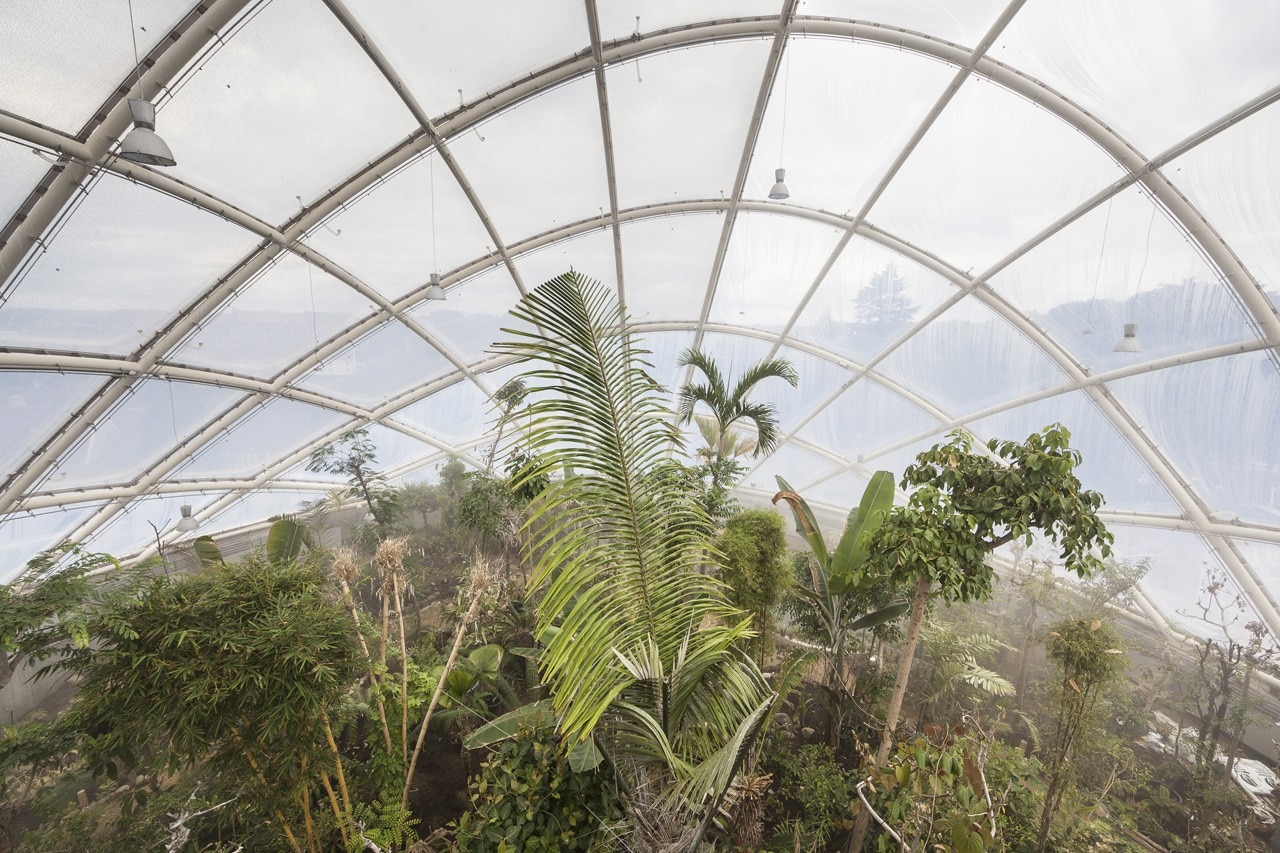
Hothouse at the Botanical Gardens, Aarhus, June 2013
C.F. Møller Architects, Sustainable Hothouse, Botanical Gardens, Aarhus, Denmark. Photo © Quintin Lake
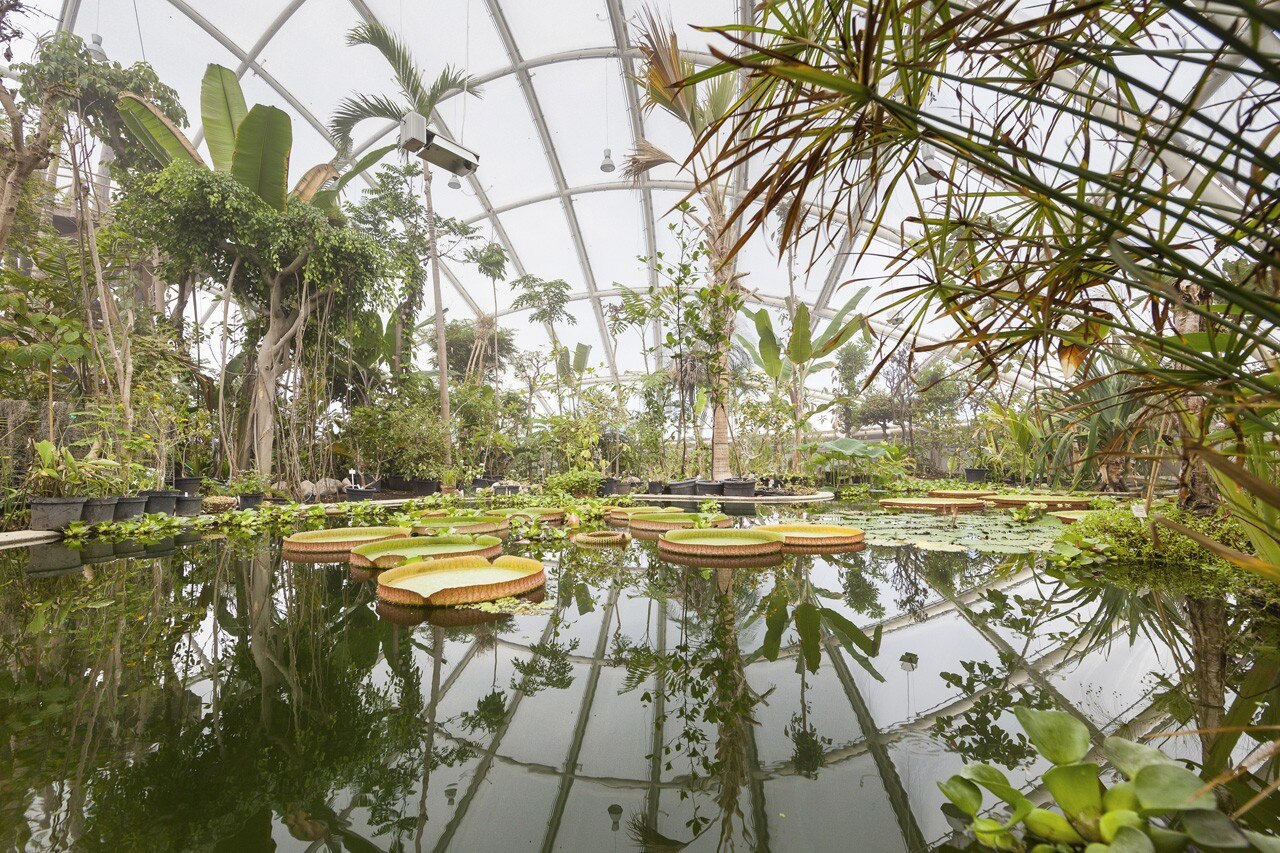
Hothouse at the Botanical Gardens, Aarhus, June 2013
C.F. Møller Architects, Sustainable Hothouse, Botanical Gardens, Aarhus, Denmark. Photo © Quintin Lake
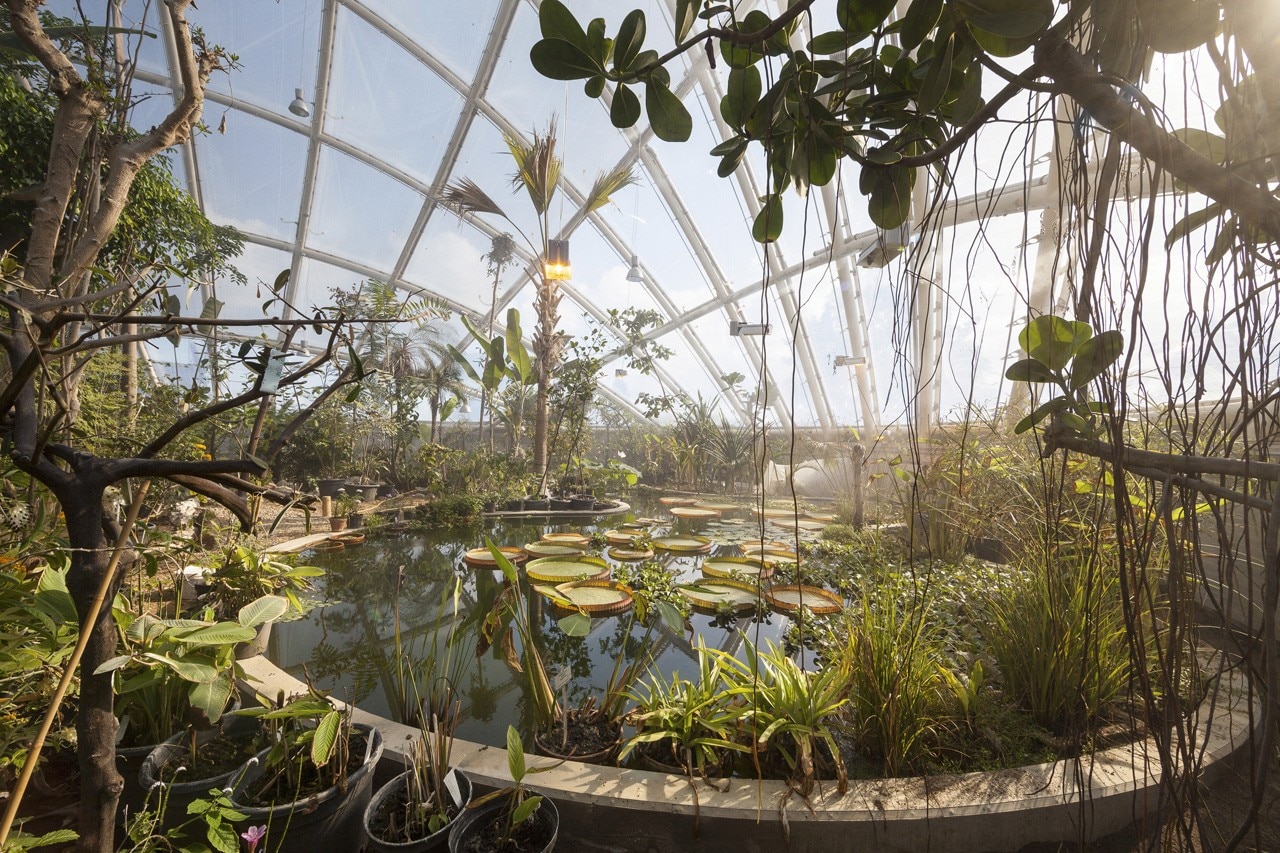
Hothouse at the Botanical Gardens, Aarhus, June 2013
C.F. Møller Architects, Sustainable Hothouse, Botanical Gardens, Aarhus, Denmark. Photo © Quintin Lake
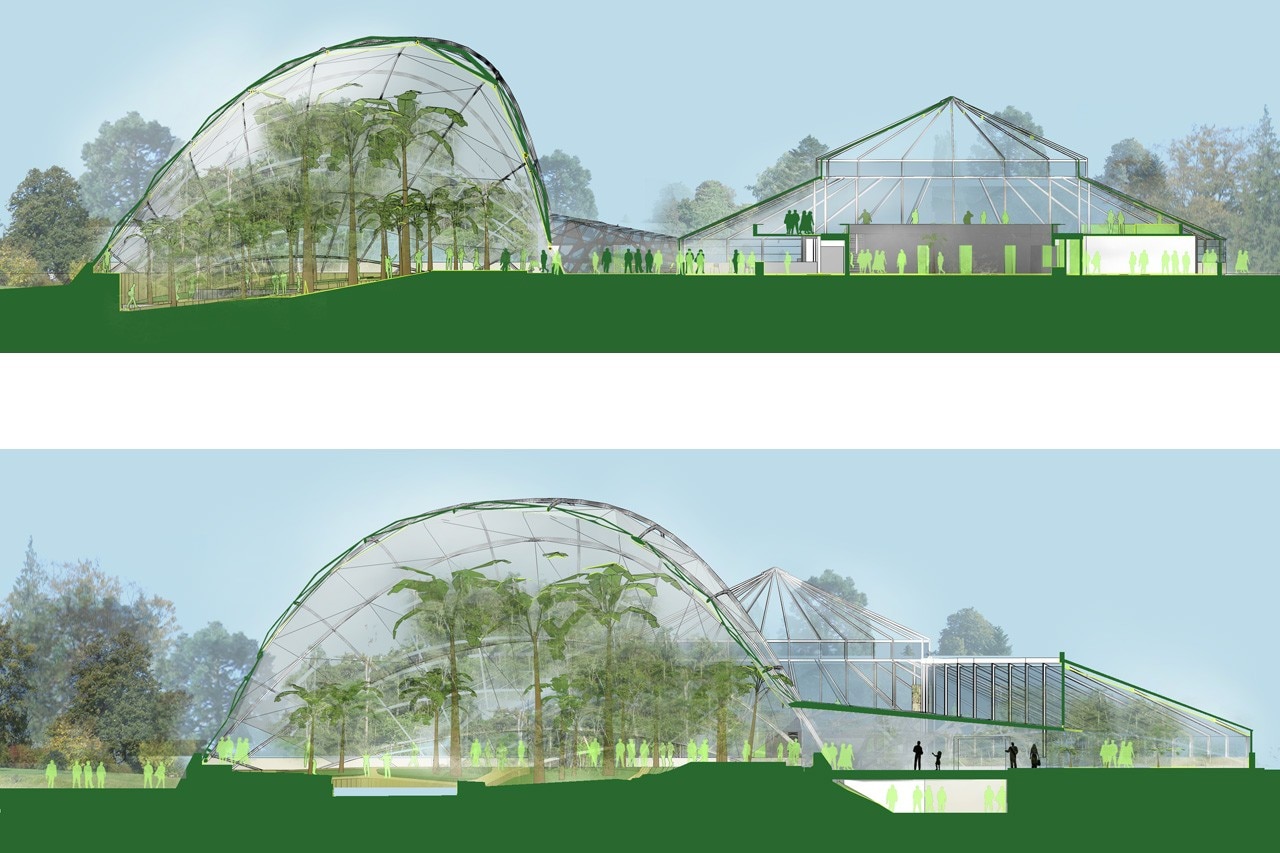
C.F. Møller Architects, Sustainable Hothouse, Botanical Gardens, Aarhus, Denmark. Sections
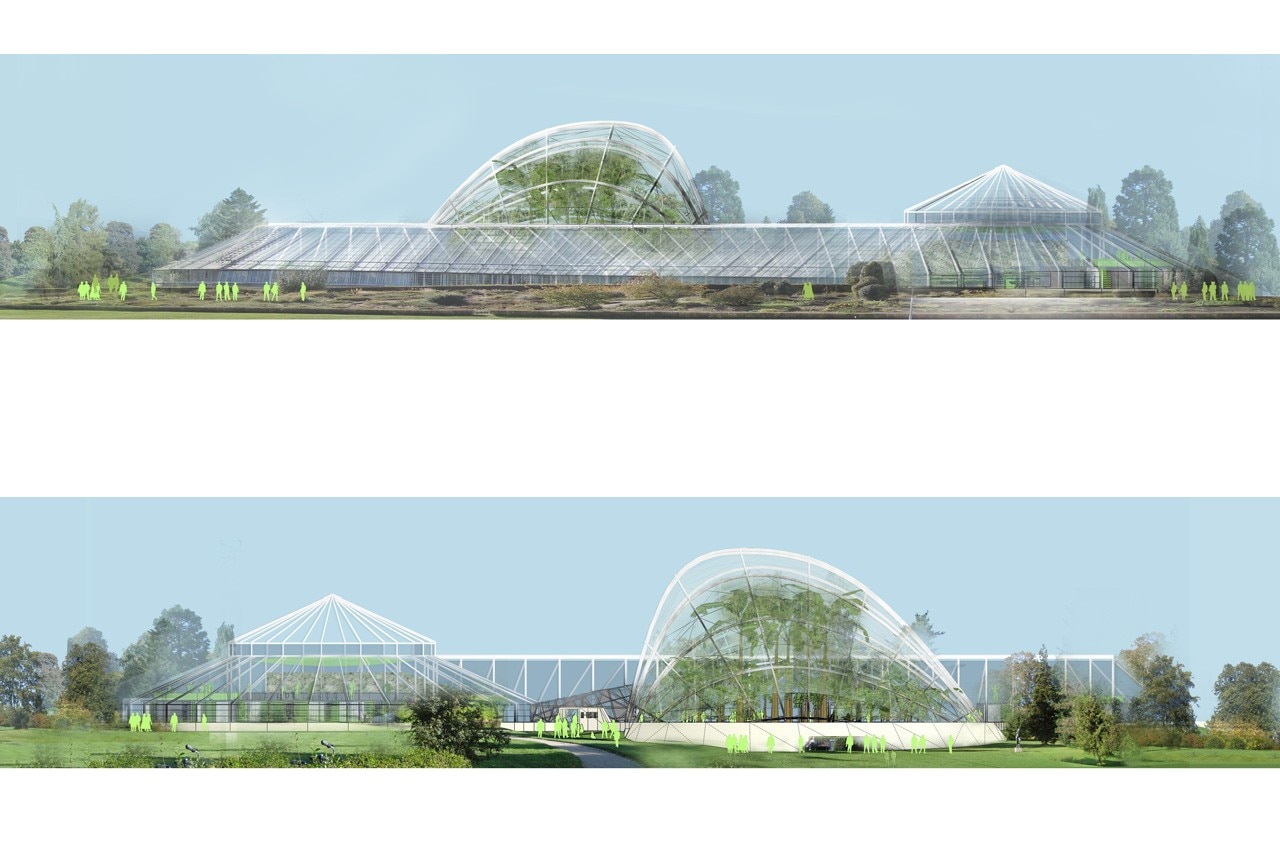
C.F. Møller Architects, Sustainable Hothouse, Botanical Gardens, Aarhus, Denmark. Elevations
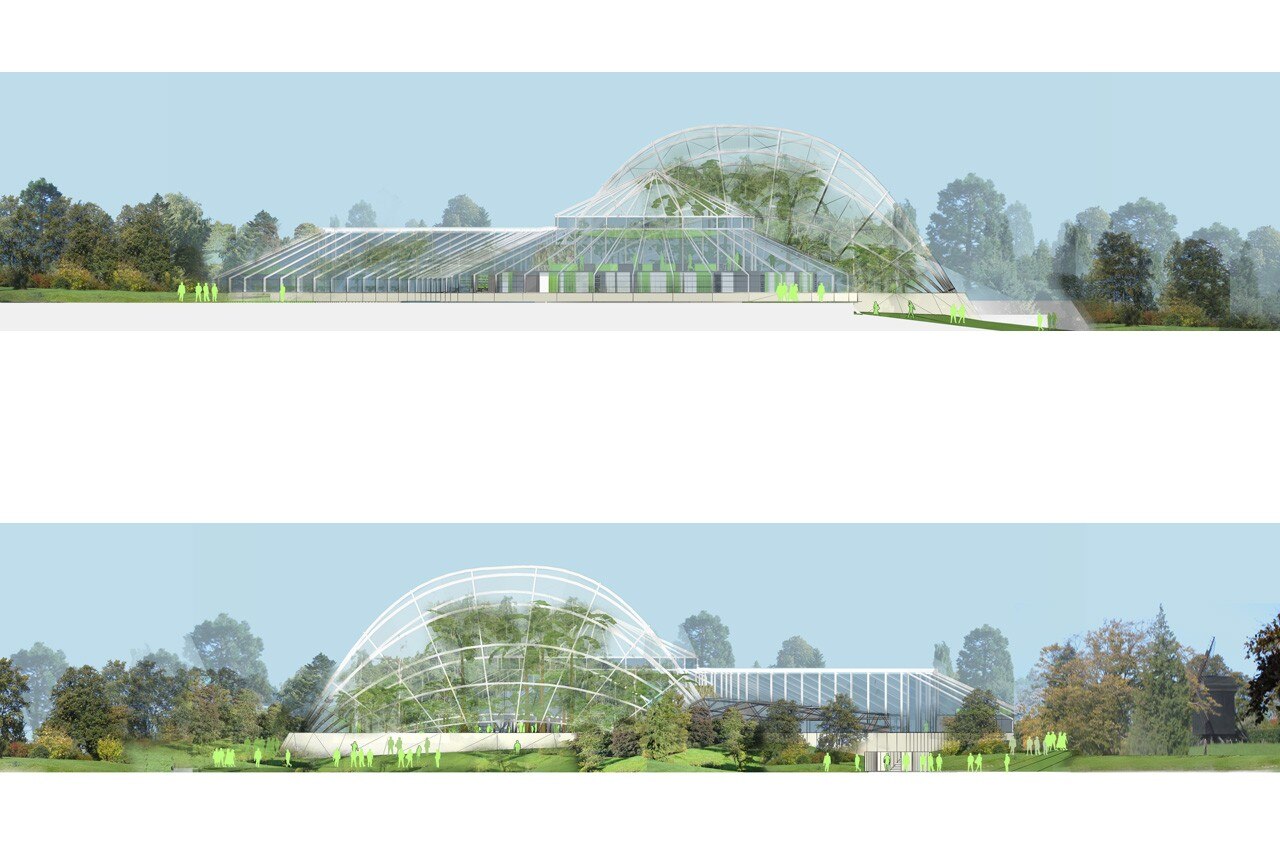
C.F. Møller Architects, Sustainable Hothouse, Botanical Gardens, Aarhus, Denmark. Elevations
Sustainable Hothouse, Botanical Gardens, Aarhus, Denmark
Program: hothouse
Architects: C.F. Møller Architects
Landscape: C.F. Møller Landscape
Steel load-bearing structures: Søren Jensen A/S
Foil cushion planning: formTL GmbH
Area: 3,300 sqm
Completion: 2013


